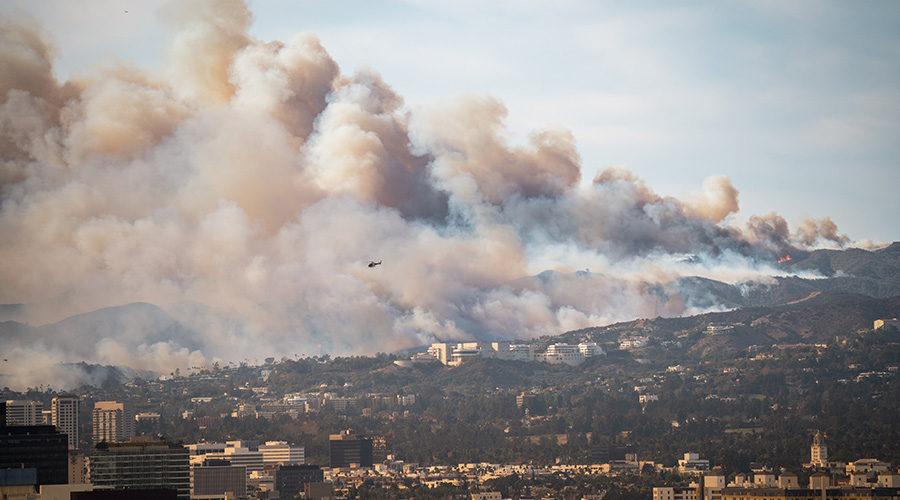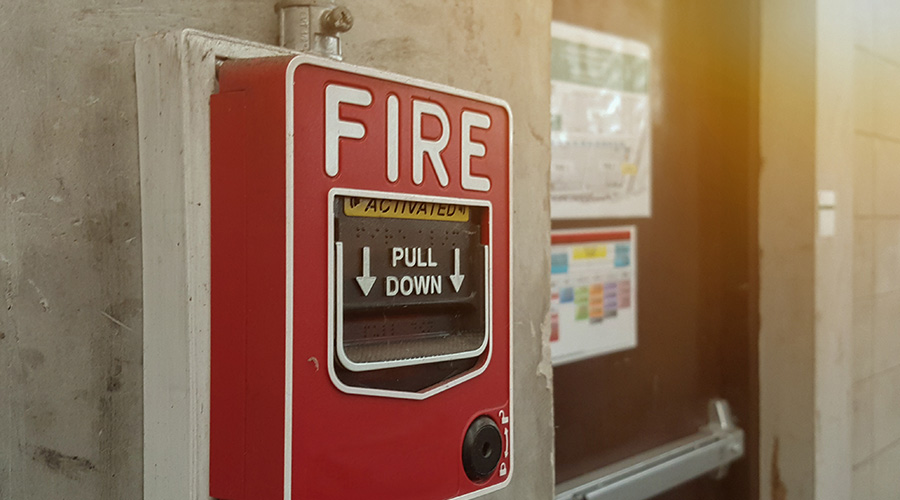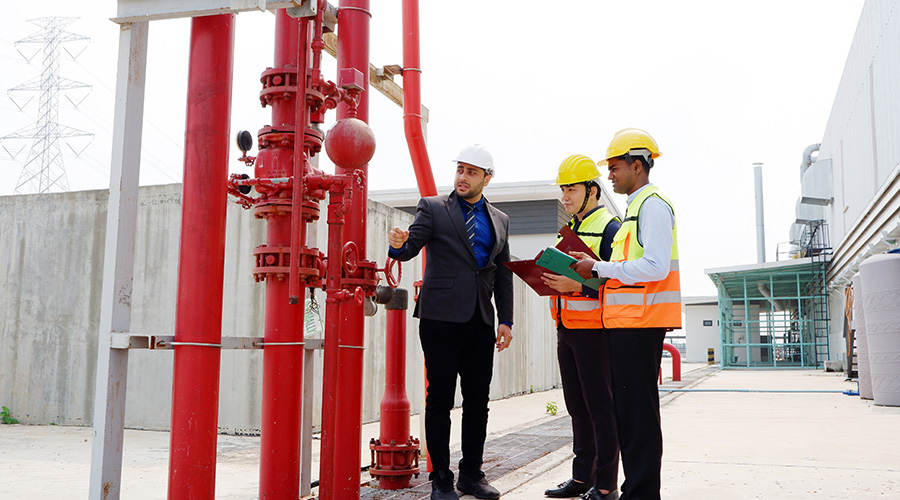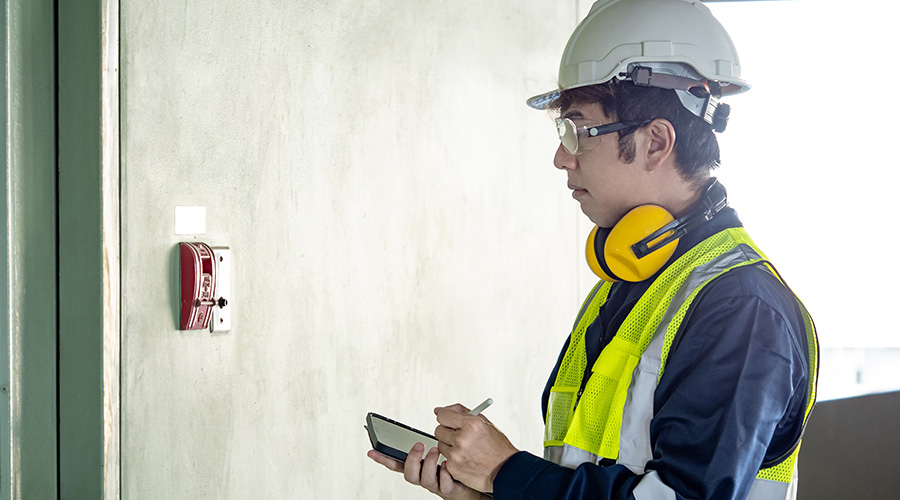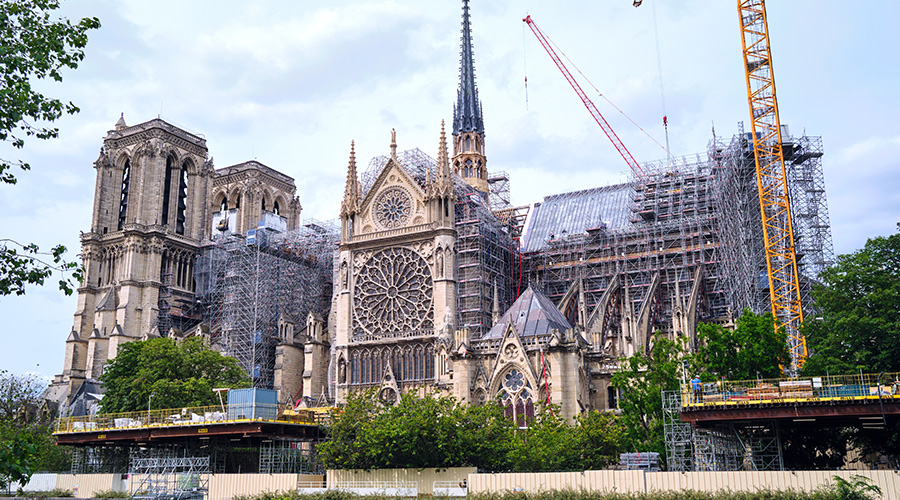NFPA 72 Requirements for Fire Alarm Notification Systems
Answers to commonly asked questions regarding fire alarms
Fire alarm systems are intended to notify occupants that there is an emergency and give them as much time as possible to exit the building and save lives. Many aspects of fire alarm system design, installation, and operation are controlled by building codes and standards like NFPA 72.
A fire alarm system is different than a fire suppression system like an automatic sprinkler system.
Different jurisdictions follow different editions of building codes and in some cases different codes altogether, so it is important for you, as a facility manager, to know what is adopted in your jurisdiction.
This Q&A series is written to help facility managers ensure that their fire alarm systems fully meet applicable requirements of NFPA 72, National Fire Alarm and Signaling Code, the model fire alarm systems installation standard that is incorporated into almost all Building, Fire, and local codes.
1.) What are NFPA 72 requirements for fire alarm notification appliances?
For starters, all notification appliances must be listed for the purpose for which they are used. For example, a listed wall mount unit must not be installed on the ceiling. All audible and visual appliances must also show their operating parameters on the nameplate attached to the appliance. Additionally, appliances intended for use in special environments, such as outdoors vs. indoors, high or low temperatures, high humidity, dusty conditions, and hazardous locations, or where subject to tampering, must be listed for the intended application.
Essentially, the construction and operational capabilities of every appliance are tested to the appropriate UL standard, and once they receive a listing then they meet the requirements automatically as outlined in NFPA 72 as long as they are installed correctly.
2.) What are the different types of notification appliances?
There is a wide range of notification appliances. The most common devices include loudspeakers for voice notification, tone-only appliances such as bells, chimes, and mechanical and electronic horns, and visual appliances like strobes. Newer appliances include textual visual appliances like LED textual displays, video display capture, and static signage. The installation of all of these devices is dictated by NFPA 72.
3.) Does NFPA 72 allow different types of notification appliances to be used on the same system?
NFPA 72 does not prohibit the use of different alarm notification appliances in a building. But it is strongly recommended not to use different types of audible notification appliances on the same fire alarm system. The biggest problem is the risk of occupant confusion about the meaning of the sounds produced by different types of devices. In addition, there are issues of current consumption on circuits and other technical matters that will cause operational problems after the system installation.
Appendix A of NFPA 72 recommends the use of audible notification devices that produce a similar sound. For example, instead of using both mechanical horns and bells in a space, it would be better to use mechanical and electronic horns that produce a similar sound.
If the cost of replacing existing signaling devices to match new ones is too high, facility managers might consider other options to avoid occupant confusion, such as occupant training, signage, fire drills, and consistent use of a temporal code signal pattern.
4.) What is a mass notification system (MNS) as defined in NFPA 72 and how does this definition fit into the emergency communications systems definition?
An MNS is one type of emergency communications system defined by NFPA 72.
NFPA 72 defines an Emergency Communications System (ECS) as follows:
“A system for the protection of life by indicating the existence of an emergency situation and communicating information necessary to facilitate an appropriate response and action.”
This is further broken down into other communications systems that include In-Building Fire Emergency Voice/Alarm Communications Systems and In-Building Mass Notification Systems.
An In-Building Fire Emergency Voice/Alarm Communications System (EVACS) is defined as follows: “Dedicated manual or automatic equipment for originating and distributing voice instructions, as well as alert and evacuation signals pertaining to a fire emergency, to the occupants of a building.”
An In-Building Mass Notification System (MNS) is defined as follows: “A system used to provide information and instructions to people in a building(s) or other space using intelligible voice communications and including visible signals, text, graphics, tactile, or other communication methods.”
Both the voice fire alarm system (often called an EVACS) and the MNS are under the umbrella of the term emergency communications systems or ECS. There are other communications systems covered in the ECS chapter of NFPA 72 but these two are the most common.
5.) Are there multiple/alternate language requirements for the notification systems?
Building codes do not normally dictate specific language requirements. The NFPA 72-2019 Edition noted that pre-recorded emergency messages shall be in the official spoken language acceptable to the authority having jurisdiction (often called the AHJ), but it allows additional messages in alternate languages with the approval of the AHJ. When required by the emergency response plan, the use of multiple languages is permitted. By definition, in order for an emergency message to be intelligible, it must use a language and words that are known to the listener. NFPA 72 encourages the use of multilingual messages based on the expected building population. Building owners should be aware that these needs may change over time.
Wayne D. Moore is a licensed professional fire protection engineer with over 45 years of engineering experience. Moore currently serves on the NFPA 72 Correlating Committee and Chapter 24 Technical Committee (past Chair), as well as being an editor of five editions of the “National Fire Alarm Code Handbook.”
Larry D. Rietz, is a NICET Level IV Certified fire alarm designer with more than 29 years of life safety industry experience. Rietz is Vice President and Global Service Line Leader for Fire Detection and Alarm for Jensen Hughes and serves on the NFPA 72 Chapter 24 and 12, 21, & 23 Technical Committees.
Related Topics:






